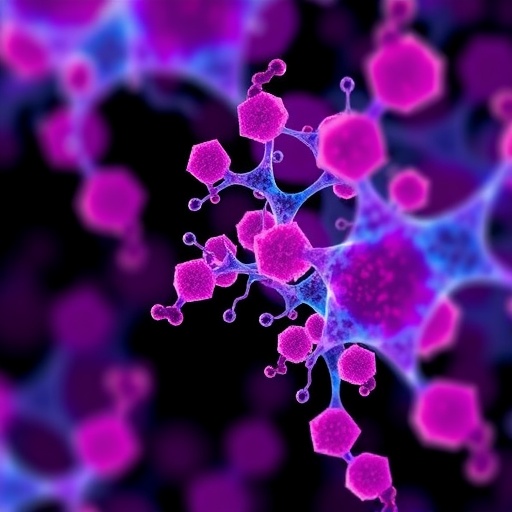Hope has emerged for infertile men as scientists at Newcastle University have understood the importance of a gene in regulating the production of fully-functioning sperm.
For the first time, experts have identified the role of gene, RBMXL2, which is very similar to a possible infertility gene found on the Y chromosome found only in men. This provided a model for the team to manipulate as the Y chromosome itself is very difficult to analyse.
The study, published today in eLife, sheds light on why some men may be infertile as RBMXL2 has been shown to be essential to make sperm.
Faulty gene process
Scientists found that deleting the RBMXL2 gene from chromosome 11 blocked sperm production and this paves the way for further exciting research in this area.
Professor David Elliott, at the Institute of Genetic Medicine, Newcastle University, led the 10-year international study, which involved experts from America, Edinburgh and mainland Europe.
He said: “Male infertility is a poorly understood topic, and this study helps us to understand why some men might become infertile.
“This is important since many couples suffer from infertility and it can cause psychological stress, and also have economic consequences in some countries as it can affect care in later life.”
Making sperm and eggs, and then eventually the next generation, depends upon a special kind of cell division known as meiosis.
Meiosis is a hotspot for gene expression and sperm development, which involves copying long stretches of DNA into RNA.
Without the important RBMXL2 gene, other genes are not expressed properly – they still make RNA, but this process does not replicate accurately, leading to mistakes which eventually block the production of sperm.
Important discovery
Scientists used a mouse model for their study as these mammals, like humans, have an RBMXL2 gene. Removing this single gene from mice prevented sperm from being produced.
Understanding how RBMXL2 enables sperm to be made, giving experts a clue as to how the similar infertility genes on the Y chromosome work.
Research found that the block occurred while the cells were dividing in the testes to make sperm, under the process of meiosis. This block meant that none of the cells developed into sperm cells able to swim and fertilise eggs.
A technique known as RNA sequencing was used to monitor the expression of millions of RNAs in adolescent mice.
Professor Elliott said: “The RBMXL2 gene was first discovered almost 20 years ago, but no one until now has known what it does or why it is important.
“The gene is found in all mammals, and we predict that similar problems found in mice will occur in infertile men, but we need to test this in future research.”
The study was funded by the Biotechnology and Biological Sciences Research Council and Wellcome Trust.
Aileen Feeney, chief executive of national patient fertility charity, Fertility Network, said: “Male infertility is far more prevalent than usually recognised: the most common reason for a couple to seek fertility treatment, such as IVF, is because of male fertility reasons.
“Infertility also hits men hard: Fertility Network’s 2017 study looking at the impact of infertility on men revealed struggling to become a father affected men’s mental health, self-esteem, relationships, sex life, masculinity, career and finances.
“Much more needs to be done to investigate the causes of male factor infertility, that’s why Fertility Network welcomes this research from Newcastle University which, although in the very early stages, offers hope for a greater understanding of male fertility in the future.”
###
Reference: An ancient germ cell-specific RNA binding protein protects the germline from cryptic splice site poisoning. Ingrid Ehrmann et al. eLife. Doi: 10.7554/eLife.39304
Media Contact
Karen Bidewell
[email protected]
01-912-086-972
http://dx.




